
When a school-aged child can’t focus on tasks or in school, parents may think their child has attention deficit hyperactivity disorder (ADHD). Difficulty concentrating on homework? Fidgeting and difficulty sitting still? An inability to make or maintain eye contact?
All of these are symptoms of ADHD.
These symptoms do match what most people understand about the common neurodevelopmental disorder. Even many doctors might gravitate toward that diagnosis. Yet, ADHD might not be the only answer.
Before an ADHD diagnosis is made, it’s worth understanding how ADHD and autism can be confused, and understand when they overlap.
ADHD and autism
Autism (autism spectrum disorder; ASD) and attention-deficit/hyperactivity disorder (ADHD) are related - but separate - neurodevelopmental conditions. While ADHD can make it difficult to focus, sit still, or control impulses, autism can limit a person’s scope of interests or affect social skills and learning abilities.
ADHD and autism often share symptoms, like difficulty communicating or concentrating. Additionally, it’s possible that the conditions are connected. In that case, it’s important that co-occurrence is recognized and treated appropriately.
ADHD versus Autism

ADHD is a common neurodevelopmental disorder often found in children. Approximately 9.4 percent of U.S. children between the ages of 2 and 17 have been diagnosed with ADHD.
There are three types of ADHD:
-
predominantly hyperactive-impulsive
-
predominantly inattentive
-
combination
The combined type of ADHD, where you experience both inattentive and hyperactive-impulsive symptoms, is the most common.
The average age of diagnosis is 7 years old and boys are much more likely to be diagnosed with ADHD than girls, although this may be because it presents differently.
The predominantly inattentive presentation is characterized by struggles with memory, concentration, and attention.
Those with the hyperactive-impulsive type often have difficulties with patience, staying quiet or still, and respect for boundaries of others.
Autism spectrum disorder (ASD), another childhood condition, also affects an increasing number of children.
ASD is a group of complex disorders. These disorders affect behavior, development, and communication. About 1 in 68 U.S. children has been diagnosed with ASD. Boys are four-and-a-half times more likely to be diagnosed with autism than girls.
Autism is a spectrum disorder, which means there’s a wide range and variation of symptoms. It’s mostly characterized by a difficulty with social communication, a habit of repetitive behaviors, and a narrow focus of interests.
Additionally, autistic people (autists) might have delay in the following developments:
-
Language and communication
-
Movement and motor skills
-
Cognition
-
Learning skills
Strong emotional reactions - like stress, worry, anxiety or fear - aren’t uncommon either.
RECOMMENDED BLOG: Understanding the Types of Autism Spectrum Disorder
The differences and similarities between ADHD and Autism Spectrum Disorder

In the earliest stages, it’s not unusual for ADHD and ASD to be mistaken for the other. Children with either condition may experience trouble communicating and focusing. Although they have some similarities, they’re still two distinct conditions.
Interpersonal relationships
Generally speaking, people with either condition may struggle with interpersonal relationships, such as those with friends, coworkers, or romantic partners. But for autists specifically, that might be due to difficulties with reading social cues, or non-verbal communication.
With ADHDers, these difficulties are more likely rooted in impulsivity or an inability to focus.
Communication difficulties are characteristic of autism. Some children with ADHD also have these difficulties, but they typically present in different ways.
Children with ADHD may:
-
talk continually
-
want to have the last word
-
not notice how their words affect other people
-
interrupt others
Autistic children may:
-
have difficulty expressing their emotions and thoughts
-
not use gestures to communicate
-
struggle with eye contact
-
fixate on one topic of conversation
-
play differently — they may not understand turn-taking or imaginative play
-
not initiate or respond to social interactions
Routines
People on the (autism) spectrum tend to stick to very strict routines, and can become emotionally stressed when a routine suddenly changes. People with ADHD, on the other hand, will more often have a disinterest in routines, and they typically have problems sticking to them, anyway.
Interests and passions
Children with ADHD often have difficulty paying attention to the same thing for too long, and they may get distracted easily.
Autistic children may have a limited scope of interest. They may seem to obsess over things that they enjoy and have difficulty focusing on things that they have no interest in. They may be able to recall facts and details easily, and some may excel in math, science, music, or art.
Is ADHD a form of autism?

The consensus, so far, is that they are separate conditions. They do, however, belong to the same class: neurodevelopmental conditions.
What are neurodevelopmental conditions?
ADHD and autism spectrum disorder (ASD), are neurodevelopmental conditions, which are characterized by impairments in cognition, communication, behavior and/or motor skills resulting from [diverse] brain development.”
Other neurodevelopmental conditions include:
-
Intellectual disabilities
-
Learning disabilities
-
Communication disorders
-
Schizophrenia
-
Conduct disorder
-
Cerebral palsy
-
Vision impairments
-
Hearing impairments
Diagnosis
Parents and caregivers who are concerned that their child may have ADHD, autism, or both should talk to their family doctor or pediatrician. The doctor may recommend referring the child to a child behavior disorder specialist.
A doctor will base an ADHD diagnosis on symptoms that have been present in the past 6 months. If a doctor suspects autism, they may look into a child’s behavior and development over previous years.
In either case, they may wish to hear from teachers and other caregivers, as well as parents.
The doctor will also want to rule out conditions that can cause symptoms similar to those of autism or ADHD. These issues include:
-
hearing problems
-
learning difficulties
-
sleep disorders
In addition, the doctor may uncover symptoms of co-occurring disorders, such as:
-
social anxiety disorder
-
oppositional defiant disorder
According to a 2010 study that looked at data from more than 2,500 autistic children in the U.S., 83% of the children also had at least one other developmental disorder, while 10% had at least one psychiatric disorder.
Getting the proper support

Because neither is 'curable', treatment of both ASD and ADHD focuses on reducing potential negative impacts on daily life.
Treating one: ADHD or autism
While ADHD can sometimes be treated with medication in combination with therapy, there are no medications that treat the core symptoms of ASD.
Both ADHD and autism can warrant behavior management and social functioning therapy. While early ASD therapy will mainly focus on development aid, ADHD therapy mostly includes mental health counseling.
Support varies, depending on the child, their symptoms, and the presence of other conditions. Some support for autism and ADHD include:
-
behavioral therapy
-
medication
Behavioral therapy is typically the first line of support for younger children. For older children, a doctor may recommend a combination of behavioral therapy and medication.
Autistic children may benefit from additional forms of therapy, depending on their needs. Some options include:
-
counseling
-
educational interventions
-
occupational therapy
-
sensory integration
-
speech therapy
Training and education can also better enable parents and caregivers to help children manage their symptoms.
Summary

ADHD and ASD are lifelong conditions that can be managed with support that isright for the individual. Be patient and open to trying various options. You may also need to move to new support methods as your child gets older and symptoms evolve.
Scientists are continuing to research the connection between these two conditions. Research may reveal more information about the causes and more support options may become available.
Talk to your doctor about new support methods or clinical trials. If your child has been diagnosed with only ADHD or ASD and you think they may have both conditions, talk to your doctor. Discuss all your child’s symptoms and whether your doctor thinks the diagnosis should be adjusted. A correct diagnosis is essential to receiving effective support.
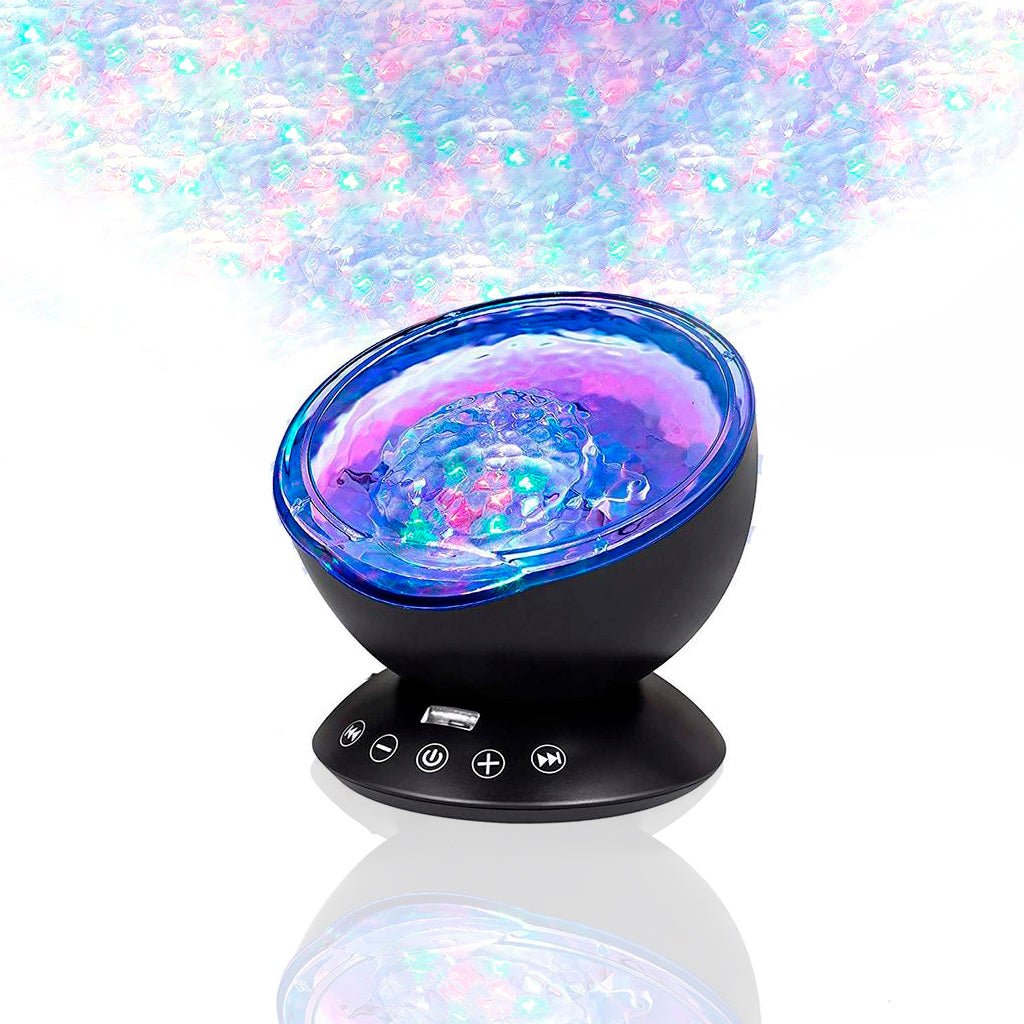
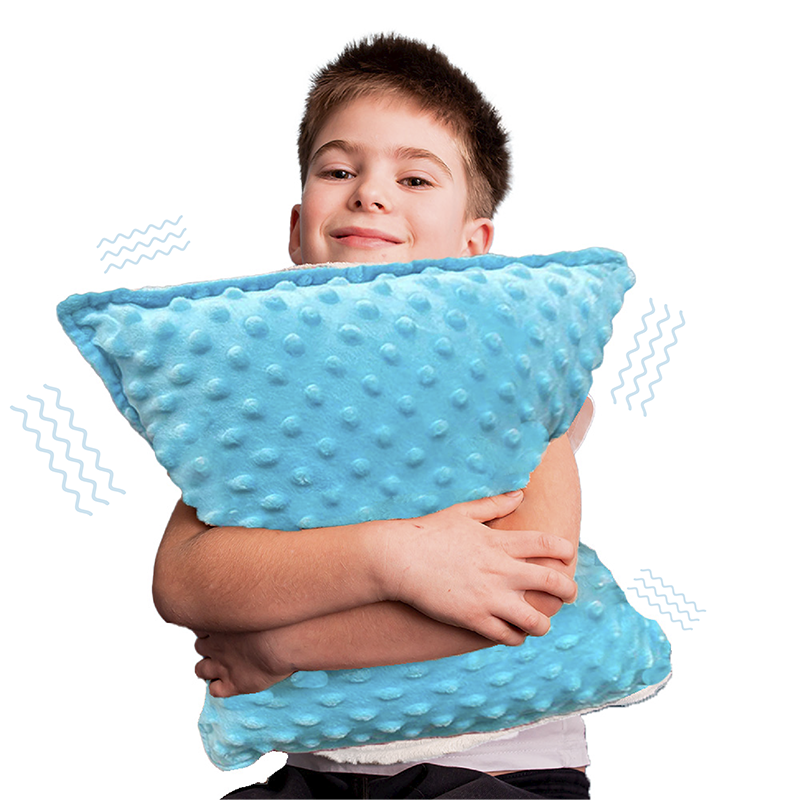
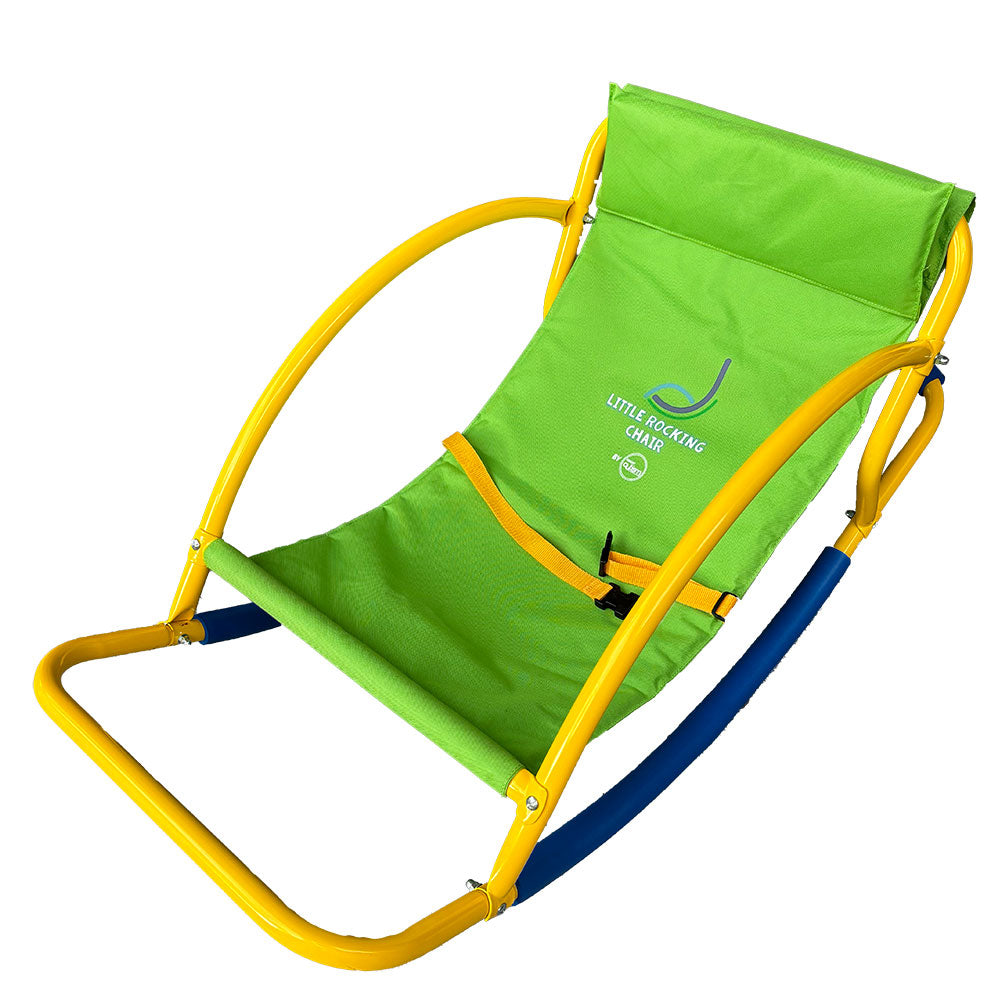
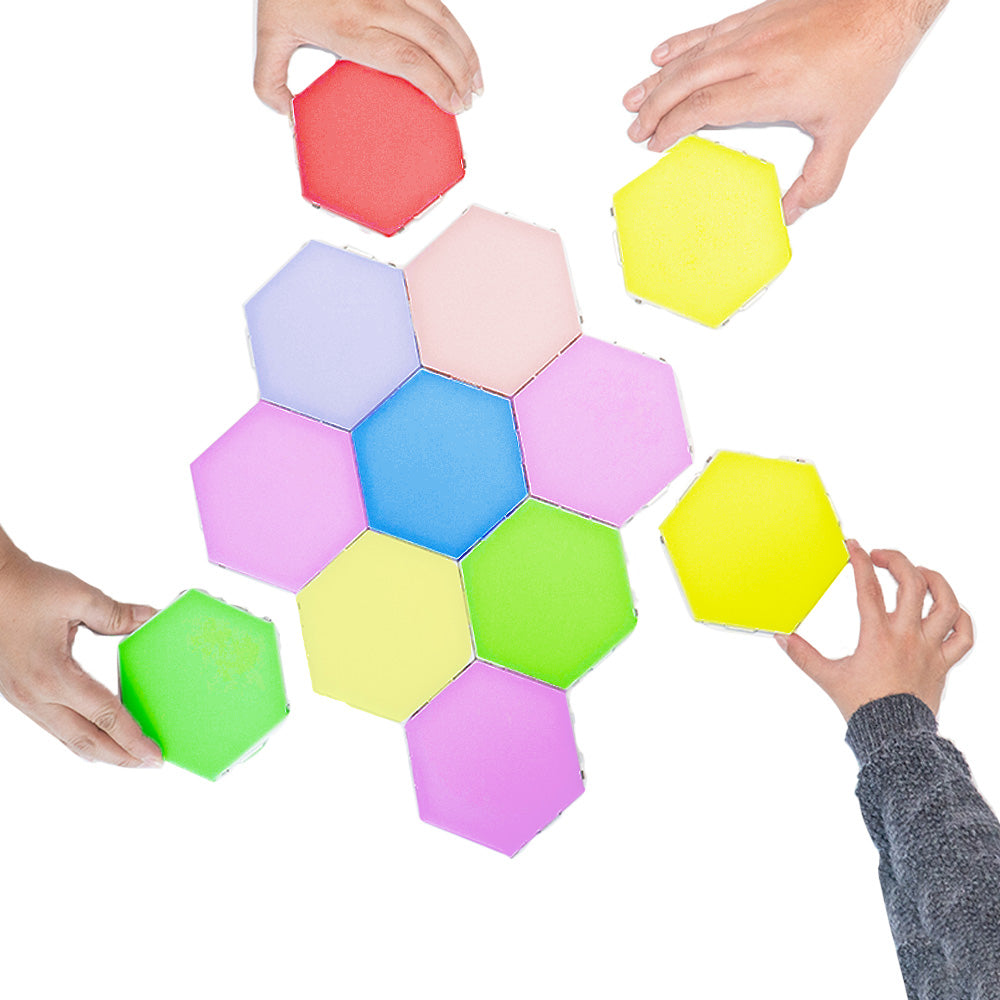
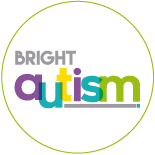





1 comment
Very interesting to read n fasinating
Leave a comment